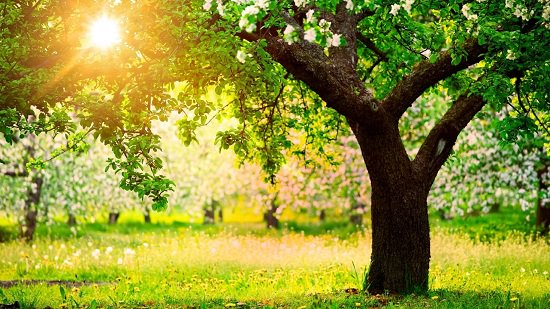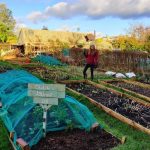Do you know that Gelatin is a good source of nitrogen for plants? To find out many more Gelatin Uses in the Garden, read ahead!
Gelatin is a translucent, colorless, and flavorless material, widely used as a thickening agent. It also has uses in food, medications, drug, vitamin capsules, photographic films, papers, and the cosmetic industry. But did you know that it can also be used in your yard? Here are some of the Gelatin Uses in the Garden.
1. Gelatin as a Fertilizer
Gelatin has several uses in the garden:
Unflavored gelatin makes wonderful liquid fertilizer, simply dissolve gelatin in hot water, allow it to cook, and thin out the consistency by adding more water. Your liquid nitrogen fertilizer is ready to use in the garden and container-grown plants. You can add Epsom salt or banana peels in the solution as well to make it more effective.
- It has high nitrogen content, perfect for enriching the soil. Nitrogen is essential for plants to produce lush and green foliage.
- It is also much safer and inexpensive.
- As gelatin releases nitrogen slowly, it enriches plants longer. It also saves the nitrogen leaching out of the soil or evaporating quickly.
2. Gelatin as a Substitute for Soil
Working with the soil can be a daunting task, especially if the soil is infertile. What if you could grow plants in gelatin? Wouldn’t that be amazing! There was research conducted that showed that gelatin could be used as a substitute for soil. The experiment aimed to check whether gelatin can replace agar, fertilizer, and water. The results were positive as the gelatin contains sugar and water, which aided plants in fast growth. When the growth rate was compared to the plant growth rate in the soil, plants grew in gelatin in a short period, as compared to the plain soil.
3. Seed Starting Using Gelatin
Planting from seeds is a tedious task, but it also gives you the satisfaction of starting something from scratch. You can also raise the chance of successful germination by using gelatin.
- Sterilize everything, from utensils to the glass jar, and anything else that you might need for this project.
- Soaking seeds in water overnight increase the probability of germination.
- Embed the seeds in the gelatin concoction.
- Although you don’t need to water, keep an eye out for the formation of mold. If mold appears, sprinkle cinnamon powder or use a solution of one part vinegar or one part lemon juice with nine parts water for treating mold.
- Cover the container, and place near a bright light, but not in direct sunlight.
- The final step is transplanting the seeds in the garden or any larger pot, as you would do if you potted the seeds in the soil.
4. Casting Peat Pots
Gelatin is also an excellent binding agent, due to this property, it comes in handy for molding peat pots. You need is a hundred percent moist sphagnum peat moss or a ten percent mix of peat moss, you can also use sterilized garden soil, a commercial seed germinating mix or compost, combined with peat moss to make the pot.
Mix the gelatin according to instructions on the package to make a liquid binding concoction. Put all the ingredients in a bucket and then pour gelatin concoction over it. Blend all the ingredients until you obtain a smooth and viscous mix that sticks together. You can mold it into any desired size of a block or pot.



